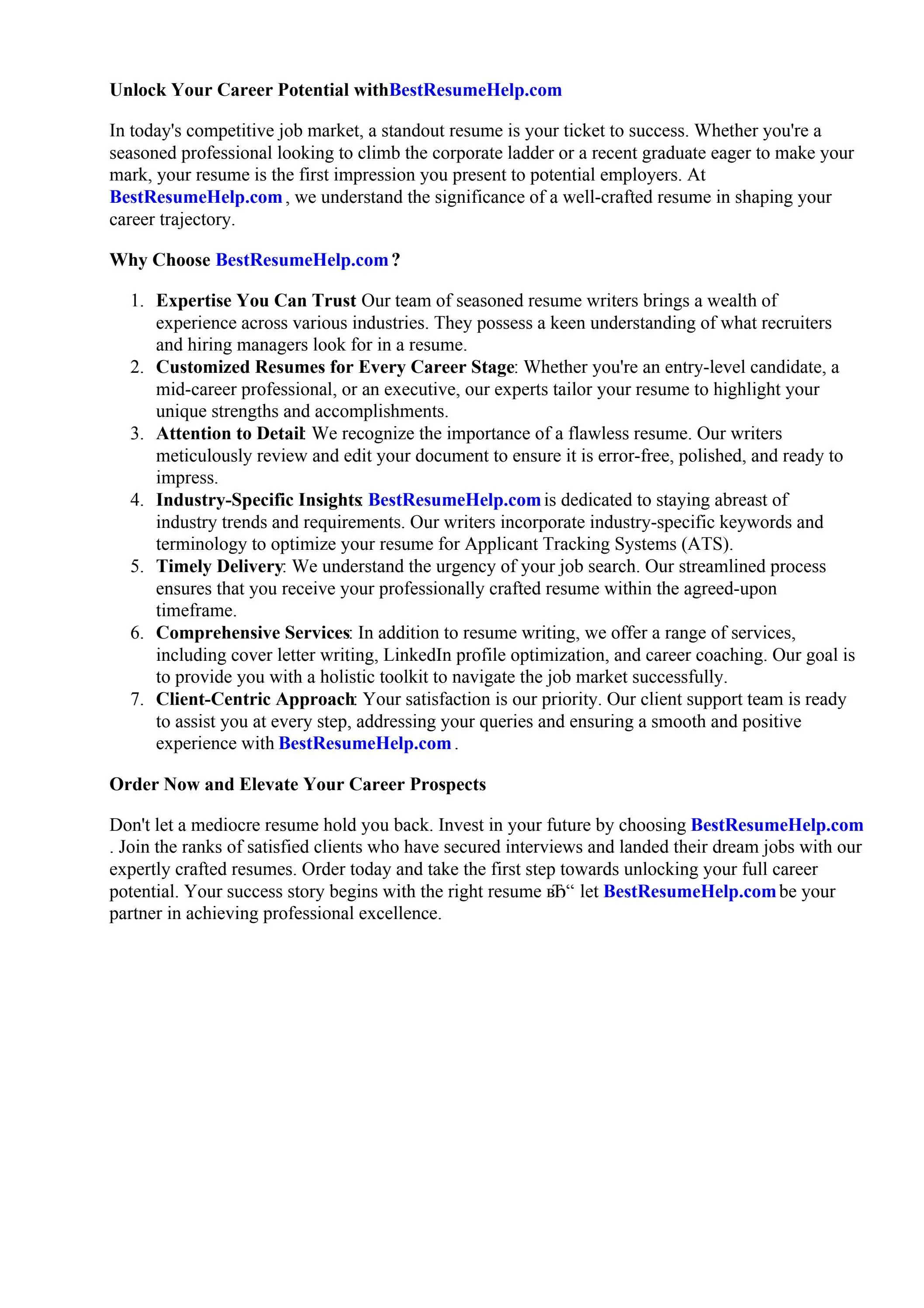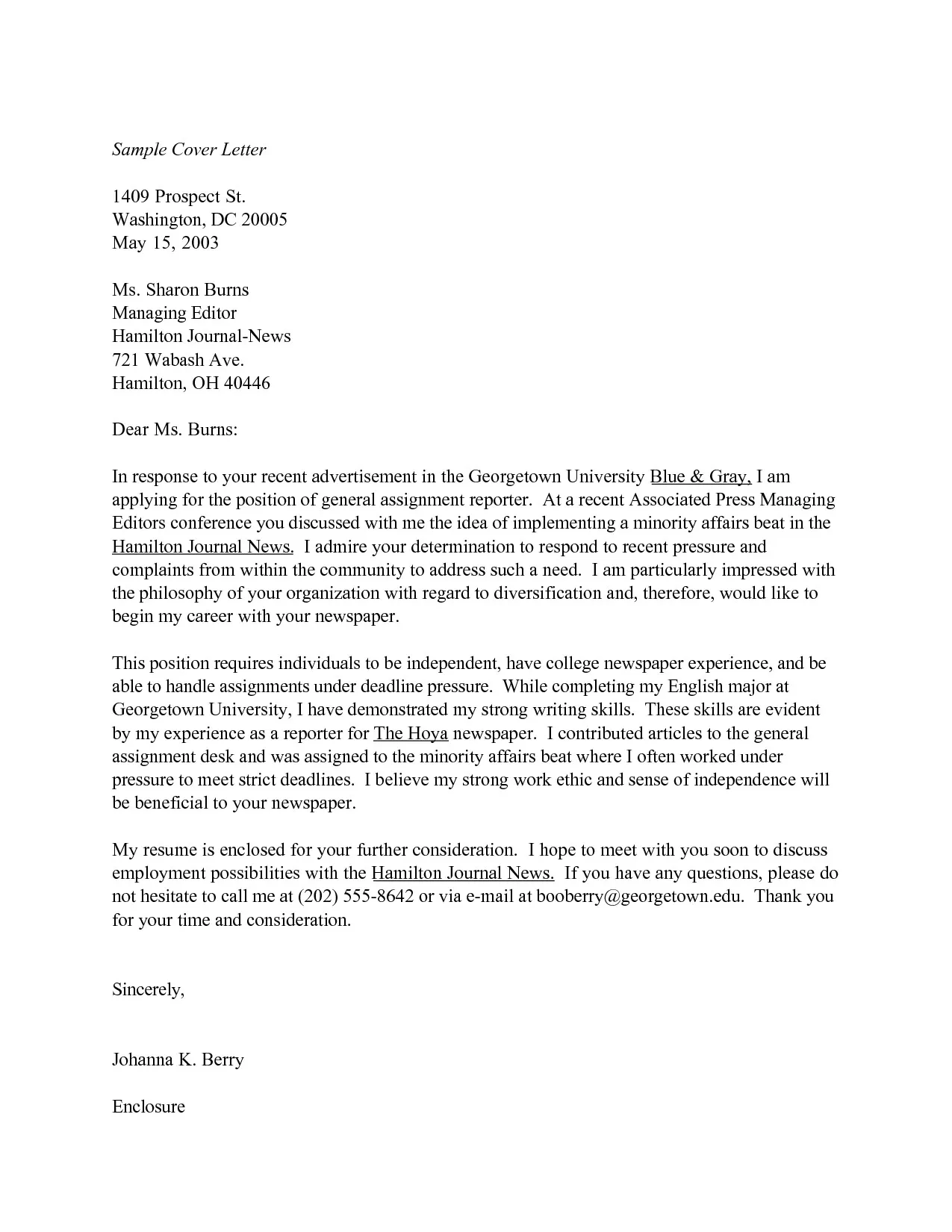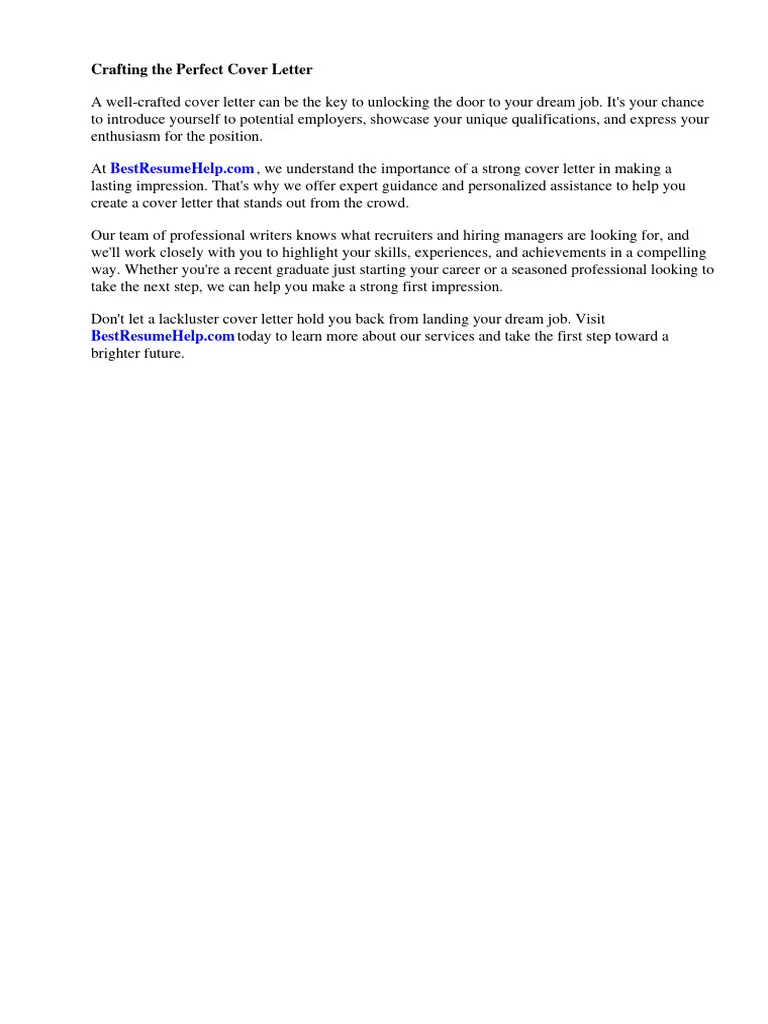What is a Cover Letter for Fiction Submissions?
A cover letter for a fiction submission is a crucial document that accompanies your manuscript when you send it to literary agents or publishers. Think of it as your introduction, your sales pitch, and your chance to make a strong first impression. It’s more than just a formality; it’s a vital tool in the publishing process. The cover letter serves as a gateway, providing context and enticing the recipient to delve into your work. Without a well-crafted cover letter, even the most brilliant manuscript can be overlooked. It’s your opportunity to showcase your writing skills, demonstrate your understanding of the industry, and persuade the agent or publisher that your book is worth their time and consideration. It acts as a bridge between the impersonal nature of a manuscript and the personal connection that agents and publishers seek.
Why a Cover Letter Matters for Fiction Submissions
In the highly competitive world of publishing, a cover letter can make or break your chances of success. It’s your first and often only opportunity to grab the attention of a busy agent or publisher. A well-written cover letter demonstrates professionalism, attention to detail, and a clear understanding of the submission process. It’s your chance to highlight the key aspects of your novel and persuade the recipient to request the full manuscript. This is where you establish credibility and demonstrate your enthusiasm for the project. Without it, you are merely sending your manuscript without context. A strong cover letter can distinguish you from other submissions, showcasing your unique voice, the compelling premise of your story, and your understanding of the market. Furthermore, the cover letter gives you the opportunity to establish a connection with the agent or publisher, which is an essential step to success.
Key Elements of a Fiction Cover Letter

A well-structured cover letter typically includes several key elements. Begin with a professional salutation, addressing the agent or publisher by name if possible. The body of your letter should consist of several sections, each serving a specific purpose. You’ll want to include a brief summary of your novel, capturing the essence of the plot and its central themes. Highlight your writing credentials, such as previous publications, writing awards, or relevant experience. You should also tailor your letter to the specific agent or publisher, demonstrating that you’ve researched their interests and understand their preferences. And above all, ensure your cover letter is free of grammatical errors and typos. It’s not enough that your novel is ready, your cover letter is the vessel.
Your Contact Information and Submission Details
At the top of your cover letter, include your full name, address, phone number, and email address. This ensures the agent or publisher can easily contact you. Also, clearly state the title of your manuscript and its genre. Specify whether the submission is complete or a partial manuscript. If you’re submitting to an agent who requested specific information, make sure to include it, such as word count. Always follow the guidelines of the agent or publisher regarding submission format and content. If they have specific instructions, meticulously adhere to them. A well-organized and easily accessible contact section projects professionalism and attention to detail, key elements for a successful submission. Failure to provide necessary information risks immediate rejection, no matter how good your manuscript is.
Crafting a Compelling Hook and Summary
The opening of your cover letter is crucial. It should grab the reader’s attention immediately, providing a compelling hook that sparks their interest. This could be a unique element of your story, a compelling question, or a brief, engaging summary. Keep your summary concise, focusing on the core plot, main characters, and central conflict of your novel. Avoid giving away too much information or including unnecessary details. Think of it as a brief movie trailer for your book. Use vivid language and compelling storytelling to convey the essence of your manuscript, piquing the agent or publisher’s curiosity. This is where your creativity as a writer is essential; make the reader want more. Make the recipient remember your submission.
Showcasing Your Writing Credentials

In this section, highlight any writing credentials or relevant experience that adds credibility to your submission. This could include previous publications (even in smaller venues), writing awards, degrees, or participation in writing workshops or courses. Mention any recognition your work has received. If you have experience in a field related to your novel’s subject matter, be sure to include this as well. For example, if you’ve written a historical fiction novel, note any historical research you conducted. Remember, the goal is to demonstrate your expertise and commitment to your craft. Even if you’re a debut author, highlighting any relevant experience or accomplishments can strengthen your application. Be honest and showcase what you have to offer in terms of writing capabilities.
Highlighting the Unique Selling Points of Your Manuscript
Every manuscript has unique selling points, the elements that set it apart from other books in the same genre. In your cover letter, clearly identify and highlight these elements. This could include a fresh perspective, a unique plot twist, a compelling character, or a distinctive writing style. Explain what makes your story special and why readers will be drawn to it. Briefly describe the target audience for your novel. Demonstrate your understanding of the market and how your book fits within it. If you can articulate why your manuscript will resonate with readers, you are much more likely to capture an agent or publisher’s attention. Think about what makes your story different and how to convey that in a concise and impactful way, and don’t be afraid to show your passion!
Tailoring Your Cover Letter to the Agent or Publisher
One of the most critical aspects of a successful cover letter is tailoring it to the specific agent or publisher you’re submitting to. Do your research; learn about their interests, the genres they represent, and the authors they’ve worked with. Address the agent or publisher by name and personalize your letter accordingly. Mention why you chose them and why you believe your manuscript aligns with their preferences. Show that you’ve taken the time to understand their work and that you’re not simply sending a generic submission. Personalization demonstrates respect and increases the likelihood that your submission will be taken seriously. Demonstrating knowledge of the agent or publishing house will demonstrate that you are serious about the submission process.
Proofreading and Polishing Your Cover Letter

Before you submit your cover letter, proofread it carefully for any errors in grammar, spelling, or punctuation. Typos and grammatical mistakes can undermine your professionalism and credibility. Read your letter aloud to catch any awkward phrasing or inconsistencies. Consider having a friend, writing group member, or professional editor review your cover letter. A fresh pair of eyes can often spot errors that you might have missed. Ensure that your cover letter is well-written, polished, and error-free. It’s your opportunity to impress, and a poorly written letter will have a very negative effect on the recipient. A polished, professional cover letter shows that you pay attention to detail.
Formatting Your Cover Letter for Professionalism
Your cover letter should be formatted professionally, ensuring it’s easy to read and visually appealing. Use a standard font, such as Times New Roman or Arial, and a font size between 10 and 12 points. Use single spacing, with a blank line between paragraphs. Left-align your text, and avoid using excessive bolding or italics. Keep the tone of the letter professional and concise. A well-formatted letter demonstrates respect for the agent or publisher’s time. Avoid using slang, colloquialisms, or overly casual language. Maintain a professional tone throughout your communication. Ensure that your cover letter is formatted correctly, easy to read, and presents a polished image.
Examples of Effective Fiction Cover Letters
Reviewing examples of successful fiction cover letters can provide valuable insights. Look for examples online or in writing guides. Pay attention to how other authors structure their letters, craft their summaries, and highlight their credentials. Analyze what makes these letters effective and consider how you can apply similar techniques to your own. Remember that tailoring the letter is extremely important, so don’t plagiarize, but use these as a template. Note the differences in tone, style, and content, and how they vary depending on the genre. The goal is to learn from successful examples and apply these lessons to your own cover letter, making it the best it can be. These are the foundation for your submission.
Writing a compelling cover letter is a crucial step in the fiction submission process. By understanding the key elements, tailoring your letter, and proofreading carefully, you can increase your chances of securing an agent or publisher. Embrace the opportunity to showcase your writing skills and passion, and let your cover letter be the beginning of your publishing journey. Good luck and happy writing!
